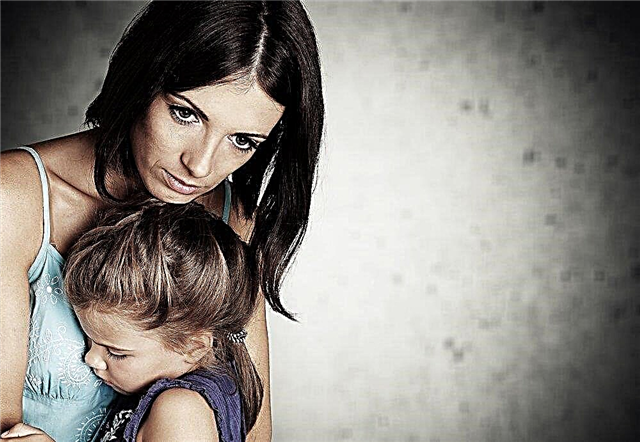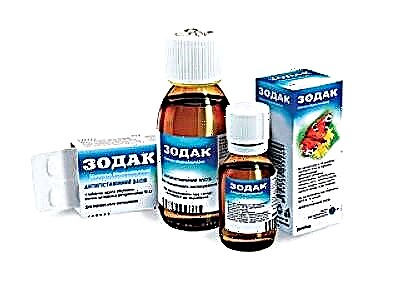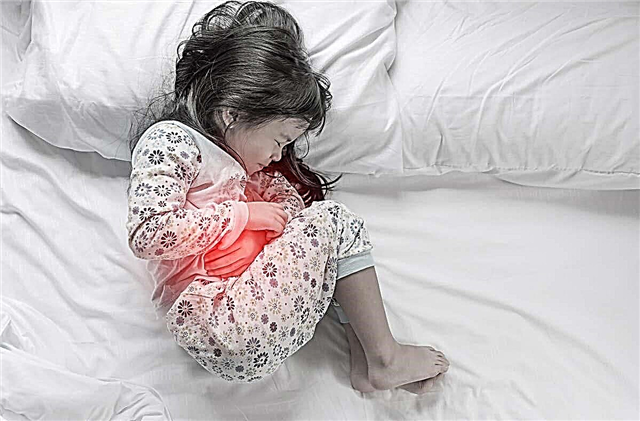When the baby is 3 months old, he becomes more active, delighting his parents with fundamentally new achievements. Since his birth, his weight has changed, and his height has increased. As a rule, the baby should have intestinal colic. Parents can already notice the well-established daily routine to which the small organism adapts.

Baby 3 months
At 3 months, the child is given the first vaccination against diphtheria, whooping cough, tetanus and polio. By this time, he should have been vaccinated twice against viral hepatitis B and once against tuberculosis.
Body parameters differ significantly from those that a newborn had:
- the weight of boys has increased to almost 7 kg, girls reach 6.5 kg, which differs by more than 2 kg from the weight at birth;
- the length of the body, called the height by the parents, is 61 cm for boys, 60 cm for girls, which is about 10 cm more from the initial indicator;
- Premature babies do not gain weight as rapidly as the rest - for such a child at 3 months, the norm will be a weight gain of 600-700 g.
What can a baby do at 3 months
A baby at three months very confidently holds his head when placed on his stomach. From this position, he can turn it to the side. If the baby sees an interesting object in front of him, he is able to reach it with his hand and hold it firmly in his palm. The baby still eats every three hours in the afternoon, the night gap between feedings often increases to 6 hours. Usually, formula-fed babies sleep longer at night without food than those on mother's milk. It is too early to introduce complementary foods, for the full growth and development of the baby, breast milk or an adapted milk formula is enough.
Active girls at 3 months try to roll over from back to stomach. Sometimes boys do it too, babies raise their legs up for this, their weight makes the whole body turn on its side, after which some children can turn on their stomach.

Raises legs up
A baby at 3 months is able to emotionally convey his mood. He smiles at the adult addressing him. Positive emotions are usually demonstrated at this age by active waving hands and jerking legs.
What can be taught in 3 months
The child's motor activity directly depends not only on his own abilities and aspirations, but also on the environment that his parents create for him.
Important! If a baby is swaddled from birth, he will not be able to coordinate the movements of arms and legs by 3 months. For full development, the baby needs complete freedom of movement.
Physical development of a 3 month old baby
At 3 months, the child can be helped in physical development. To do this, they put him on his back, with the active movement of the arms and legs, they are slightly pushed by the barrel, slowly turning over on his stomach. In order for children's physical education to be more productive, you can put a bright toy from the side where the child will turn. So the process of learning the coup will go faster, because the baby will try to turn his body to an interesting subject himself.
Bathing in a large tub is one of the best ways to teach your baby how to move. Ideal bathing is when the baby is completely submerged under water, only his head is on the surface. It is enough to hold the child by the chin so that he does not take a sip of water, the rest of the body should move in the water the way the little one wants. Pediatricians recommend this development by swimming at 3 months of age. While exploring the abilities of the body under water, a child can even try to sit down, because in this case there is no dangerous load on the spine.

Bathing
Additional Information. Before bathing, it is advisable to stretch the entire body of the child with a massage. For this, handles and knives are unbend in all joints. Knead fingers, neck, back.
Development of vision and attention
Classes for the development of vision are reduced to communication between adults and a child. When the baby is held vertically in his arms, he carefully looks at the person talking to him, examines his facial expressions, catches intonation. If an adult interlocutor has a bright piece of clothing, he will surely attract the attention of a curious toddler.
Visual acuity in a 3-month-old child ranges from 0.05 to 0.1. He begins to distinguish some colors:
- red;
- yellow;
- the black;
- white.
For a better perception of the surrounding world, baby's toys should be predominantly of these colors.
Hearing development in a child
The baby perceives sounds clearly, often understands which side of him is the source of the noise. You can develop hearing with the help of toys, for this they put in front of the child:
- a toy with a free-flowing filler that emits a characteristic sound when shaken;
- a toy with a sewn-in rustling element, it can be dense polyethylene in a fabric cover;
- rattle with bell sound.
Examining objects in turn, the baby will soon begin to distinguish them by sound. Boys do it faster than girls, because their hearing is more subtle. If an adult shakes a noisy toy with loose filling so that the sound will cause discomfort to the baby, at the next visual encounter with the object, the baby will instinctively squint, expecting a loud noise again. A child at 3 months already recognizes his mother by her voice, turns towards the speaking person.

Baby with rattles
Motor skills of a child at 3 months
With the onset of the third month of the child's life, it became well established to hold the head, not only lying on the stomach, but also in an upright position, in the hands of an adult. Simple exercises will help to develop physical activity properly:
- The child is placed on his stomach and watched as he, leaning on his elbows, looks in front of him and around. As soon as he puts his head on the bed, an adult not far from the baby shakes a rattle, attracting attention with sound. The distance between the source of noise and the child's head is 50 cm. He will again raise his head and observe the sounding object.
- The baby is placed on its back, one or two toys are hung above it at chest level, not higher than 15 cm. After a short observation, the baby will try to reach her with his hands. The result worthy of congratulations is the toddler hitting the hanging toys with his open palm.
- The child is taken in arms, holding by the armpits, and they are given the opportunity to feel a hard surface with their feet, it can be a table or the floor. At the same time, the child's legs should be almost completely unbent. Many active researchers seem to be trying to walk - they begin to move their legs, these movements look like walking.
Attention! Putting a baby at 3 months with all weight on the foot is bad. You can only give the opportunity to feel a hard surface underneath and try to get up, but only try.

Support on the foot
Baby development toys
Important features that distinguish toys for children under one year old are absolute safety and non-toxicity. It is necessary to deal with the child with objects that are not capable of causing the slightest harm:
- paint should not flake off and crumble;
- details of soft toys are necessarily tightly sewn so that the child cannot accidentally break the upholstery and choke on the filler;
- complete absence of a pungent odor;
- the toy must be one-piece, without small detachable parts.
Important! Even rattles for a baby at 3 months are desirable to have fabric, and not plastic or wooden. Children at this age are already trying to control the handles, but the movements are still far from perfect, the toy will surely hit the child's face.
At the age of 3 months, babies can hang mobiles above the crib, which will move and make pleasant sounds. From the point of view of psychology, the constantly sounding melody before going to bed soothes the child and gives him a sense of security.

Developing mat
Small books with pictures made of thick cardboard will appeal to the baby - lying on his stomach, he will try to leaf through them. Children are often delighted with the picture change after turning the page. It is important that parents read such a book with their baby, talking about the animals in the pictures.
Caring for a baby in the third month of life
A baby in the first year of life needs daily care. His skin is still too thin and delicate to do without cream and bathing, thin marigolds grow rapidly and need constant pruning.
Attention! Do not cut too short a grown nail for a child. It is important not to leave sharp corners on the cut line, otherwise the baby will constantly scratch his face with them. You can trim your nails after an evening bath.
In no case should you clean your baby's ears with a cotton swab. You can forcibly clean only the outer ear - the shell itself, and only the visible part. To do this, you can use a cotton pad soaked in warm water.
If your child is worried about dried-up mucus in the nose, you can remove it with a mild, warm saline solution. You do not need to poke your fingers and various objects in the child's nostrils to get the next crust. You can drip 2-3 drops of slightly salted water into your nose and wait for the crust to soften, then drop another 2-3 drops and put the child on your stomach, the contents of the nostril will come out by itself. In order for the nasal mucosa not to dry out, a humidifier must work in the room where the child lives, which maintains the optimal parameters of air humidity.
After each washing of the baby's buttocks and groin, apply a zinc-containing cream to prevent skin irritation from contact with urine and feces. Preventing a painful rash is easier than treating it later. Also, the quality of the diapers can affect the redness. If parents notice redness from using a certain brand, you should pay attention to analogues, often this or that absorbent filler is not suitable for children.
Children must be given water. If the baby cries for no apparent reason, the mother should remember how long has passed since the last feeding. If an hour and a half has passed, chances are high that the baby is thirsty. It is advisable to adhere to the daily routine and feeding regime, then it will be easier for parents to navigate the needs of the baby and plan their day.
At the age of three months, children experience profuse salivation. It is not related to teething. From this moment, you should always have a clean handkerchief with you to wipe the child's chin from saliva, in order to avoid chapping and skin irritation in the form of a rash.

Salivation
Don't forget about upbringing. The kid is still small, but his willpower is much stronger than the parent's, it's not for nothing that children are able to achieve everything they want by crying. When the baby is fed, watered, in a cool room with humidified air, there is a safe toy next to him, and his diaper is clean, but suddenly a loud cry is heard in the house - this is the baby's demand to pick him up. If, in such a situation, the parents will constantly take the baby in their arms, he will never learn to lie in the crib for some time on his own. The rules of behavior are developed in a child from birth to 3 years. If during this period of time he is not taught to wait, he will always demand his crying and hysterics.



